Developing matter and anti-matter asymmetry in a simplified world model
Matter and anti-matter arise with the same probability in the Universe. However, we see mostly matter in the universe. By developing a simplified world model and simulate the developing of such a simplified world it can be shown that such systems can be very bi-stable, despite the fact that the initial creation of matter and anti-matter is evenly distributed, always ending up in a matter or anti-matter world.
A central concept of the arising of matter is that 1 the distribution between matter and anti-matter should be even. To better understand how asymmetries between matter and anti-matter evolve, a simplified world model was developed in order to simulate the distribution of matter and anti-matter in time. In the following the basic elements and rules of this simplified world is explained.
To keep the model as simple as possible the basic components and functions of the simplified world was reduced to only 4 basic parts and 3 functions such as:
Basic Parts:
e- electron
e+ positron
Sr Spin right
Sl Spin left
Basic functions:
(e-) + (Sx) – > (P-)
An e- particle can merge with a Sx Spin to a Anti Proton P-
(e+) + (Sx) – > (P+)
An e+ particle can merge with a Sx Spin to a Proton P+
(P-) + (P+) – > (e+) + (Sx) + (e+) + (Sx)
A Proton and Anti Proton can collide and disintegrate again back to its components
As you can see in the basic functions, 2 more possible particles evolve besides the basic ones.
A proton and the counterpart an anti-proton. Both could eventually combine with the electrons and positrons to atoms and their counterpart anti-atoms but this is not considered relevant for the basic distribution of matter and anti-matter.
The basic functions have been limited to the absolute necessary ones considered important for this simplified world model.
As a starting point of the simulation of such a simplified world we have a certain fixed number of electrons and positrons and 3 possible events given by the 3 possible defined functions such as:
a new proton arises
a new anti-proton arises
a proton and anti-proton (if a pair exist) disintegrate again
With each step within time of the simulation the probabilities of those 3 events are calculated and based on those probabilities one is randomly chosen to happen. To keep the calculation of the probabilities as visible and easy as possible a 2-step approach was introduced to determine 1 of the 3 possible events.
First step is to calculate the basic probability that a disintegration happens or a creation happens based on the quantity distribution of the different particles currently existing.
Based on this calculation a random choice is taken if the event is a creation event or a disintegration event.
In case it’s a creation event its again randomly chosen with a fixed probability of 50% if the event is an arise of a proton or anti-proton.
Figure 1. shows the basic flowchart of the simulation algorithm used:

Results
Running these simulations, the distribution between matter and anti-matter in the simplified world always develops in time into an asymmetric matter or anti-matter version never keeping a symmetric version of the world.
First evenly created matter and anti-matter dominate the simplified world but in time one or the other type of matter will dominate evolving a single type matter or anti-matter world.
The probability to end as matter or anti-matter world is even. None of those is preferred.
This is simply based on the fact that a disintegration can only happen between a pair of matter and anti-matter. However, on proton and anti-proton level they are created with the same probability but not absolutely even as pairs.
A single proton or anti-proton without a partner cannot disintegrate.
These very small differences sum at the end up and lead to a single type matter or anti-matter world.
Figure 2. shows the typical development of the quantities for the different particles in time of the simplified world starting with 1000 electrons, 1000 positrons, 0 protons and 0 anti-protons. It’s ending with only anti-protons and positrons.
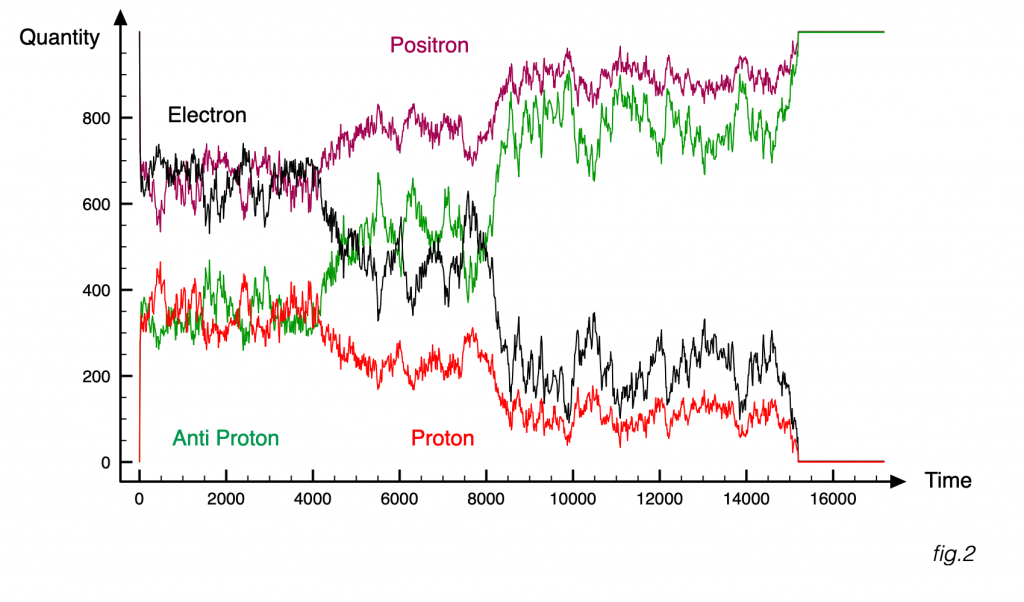
Figure 3. shows the typical development of the quantities for the different particles in time of the simplified world starting with 1000 electrons, 1000 positrons, 0 protons and 0 anti-protons. It’s ending with only protons and electrons.
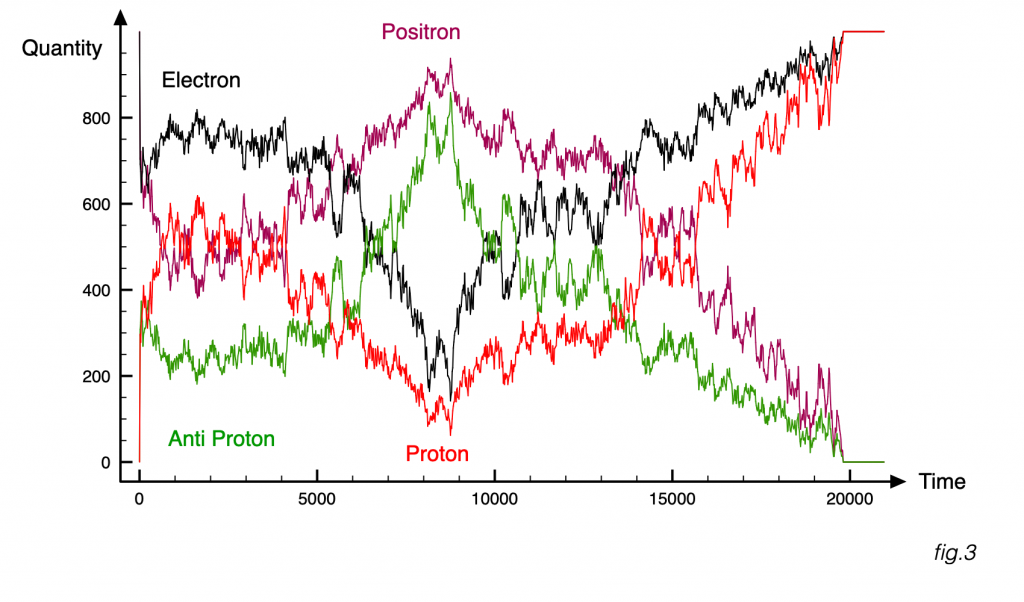
Methods
The computer model was written with PureBasic using a strong random number generating algorithm.
References
- https://home.cern/science/physics/matter-antimatter-asymmetry-problem
Author Contributions Statement
WP wrote the main manuscript text and prepared figures 1–3.
Competing financial interests
The author declares no competing financial interests.

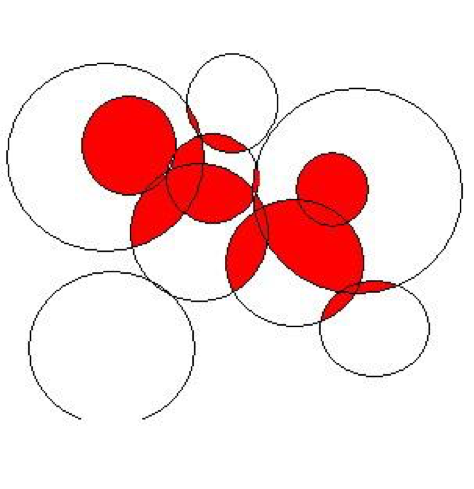


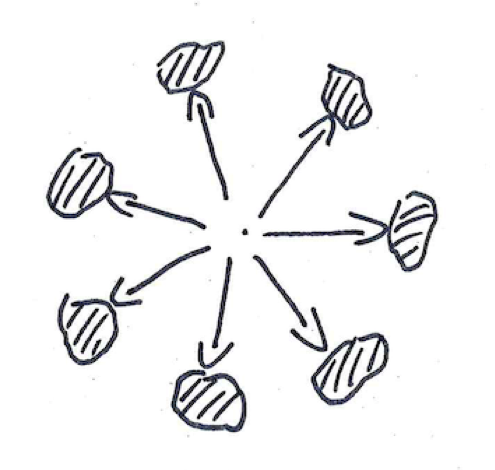


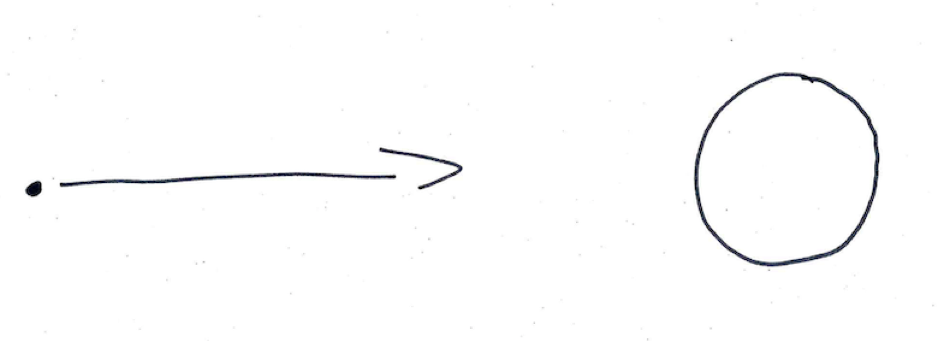

Neueste Kommentare